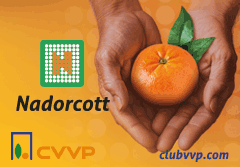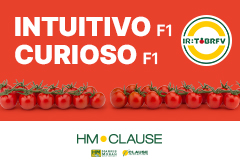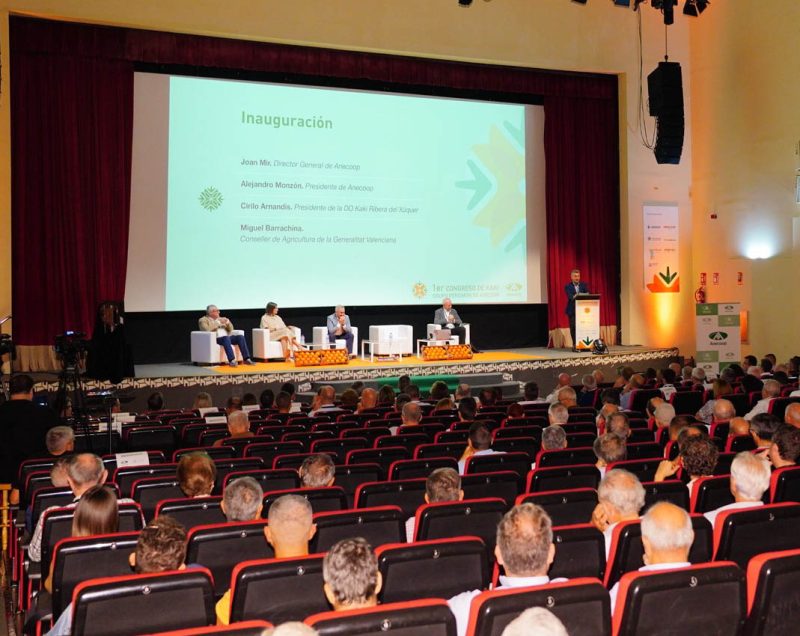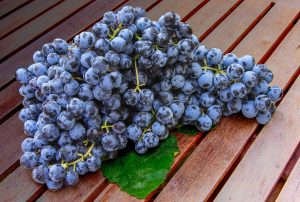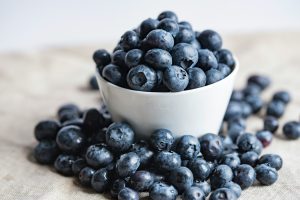In recent years, the previous expansion has turned into a reduction in the crop. What can be done to bring a halt to this trend?
With regard for the Persimon Group at Anecoop and the cooperatives that form it, we have been maintaining our production surface area at similar levels for several years now, although it is true that we are renewing plantations and replacing the ones that are not very productive. This has been achieved by improving the results for our farmers.
It is a very complicated crop, and it requires a high level of specialisation in the fields, warehouses, and in marketing.
Do you still have plant protection problems and are suffering from the real impossibility of being able to fight them forcefully?
The negative effect of pests can be observed every year, to some extent or other. Today, our hands are tied because there are no means that are sufficiently fast and effective that can help us against these types of diseases.
When will you manage to reliably extend the campaign?
There already are materials that will bring the campaign forward, and over the next few years these will become more well-known. At the end of the season, at present, we have no alternative with better quality than the Rojo Brillante.
How did the previous campaign close?
Our marketing reached almost 110,000 tonnes, exceeding the previous campaign by far, which had had a record in low production. Although the average selling price was lower, the increase in kilos/ha improved the farmers’ profitability.
What are the expectations for the current campaign?
We expect a campaign that is similar in volume. The fruit is growing with good quality and flavour, although with a shortage of large calibre, and a predominance of medium calibres.
What are Anecoop’s challenges with persimmons?
The main challenge involves the protection of the production base, which will offer farmers a profitability that is sustained over time.
In addition, there are many other factors such as an improvement in yields and pest control. On a different subject, the new legal trends regarding packaging materials to make a more sustainable trade more feasible must be tackled. Another challenge involves increasing the volume exported to distant destinations, such as Western Asia. And of course, the development of new varieties to lengthen the farmers’ calendar.





